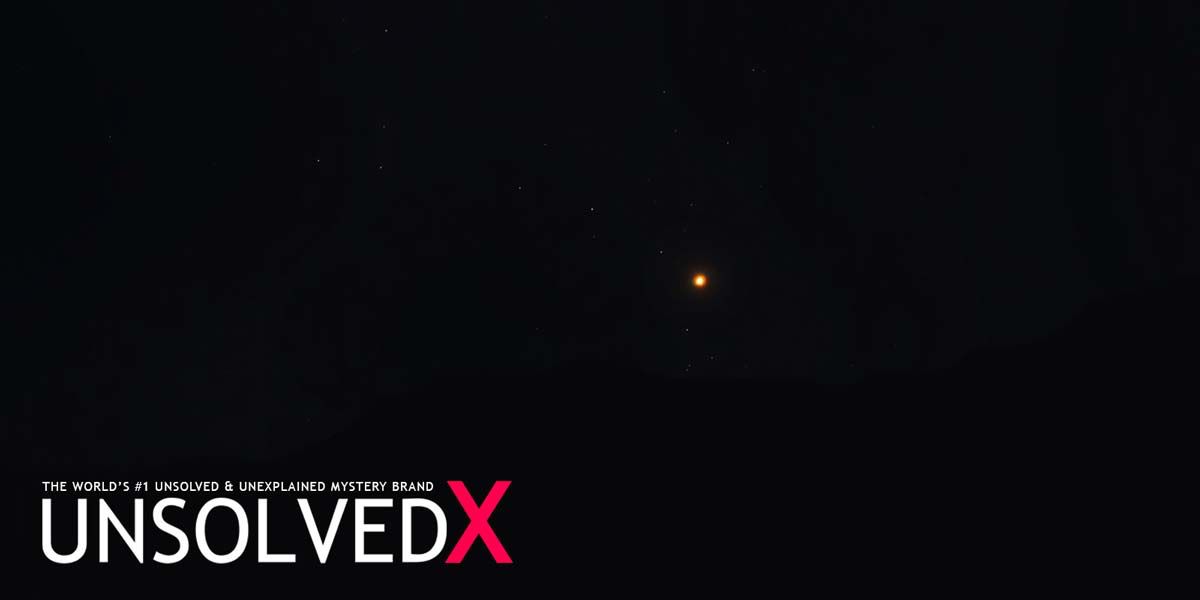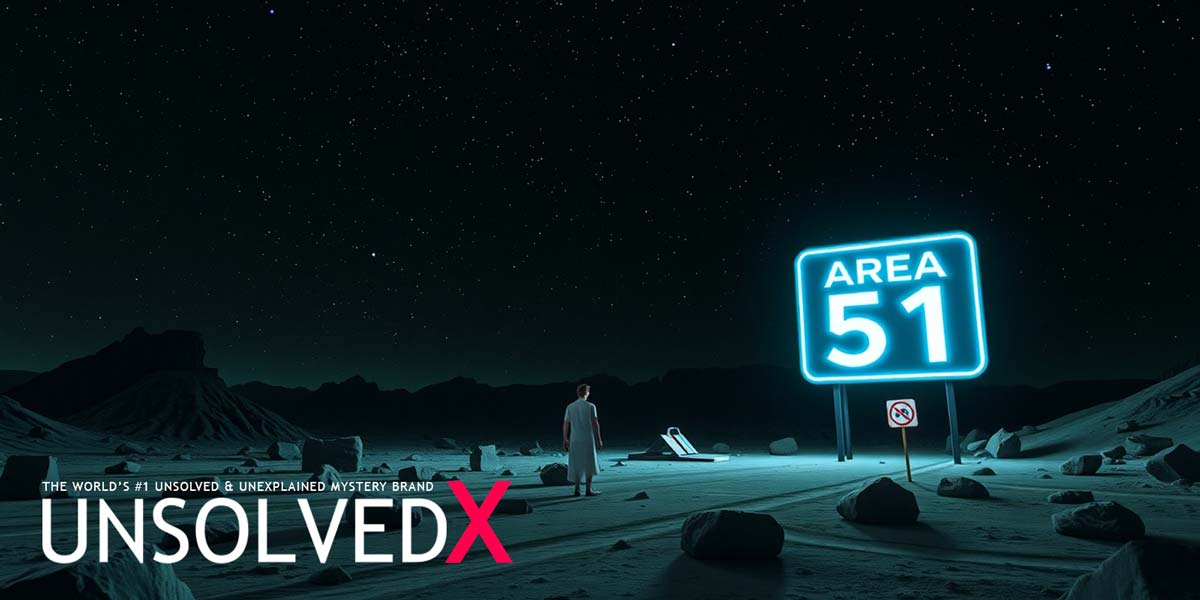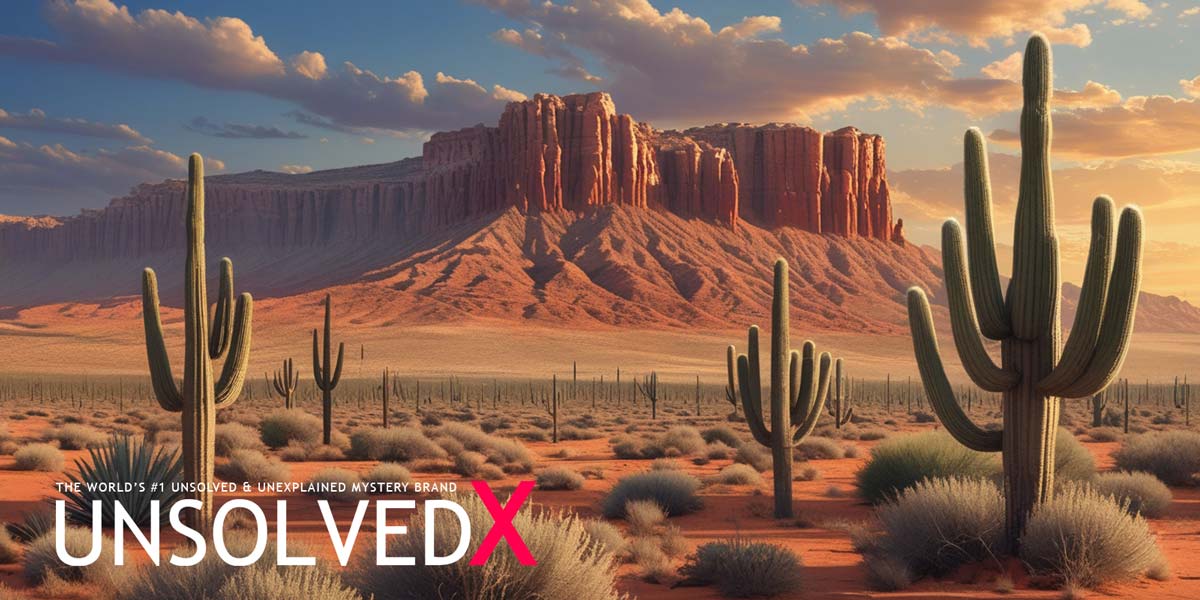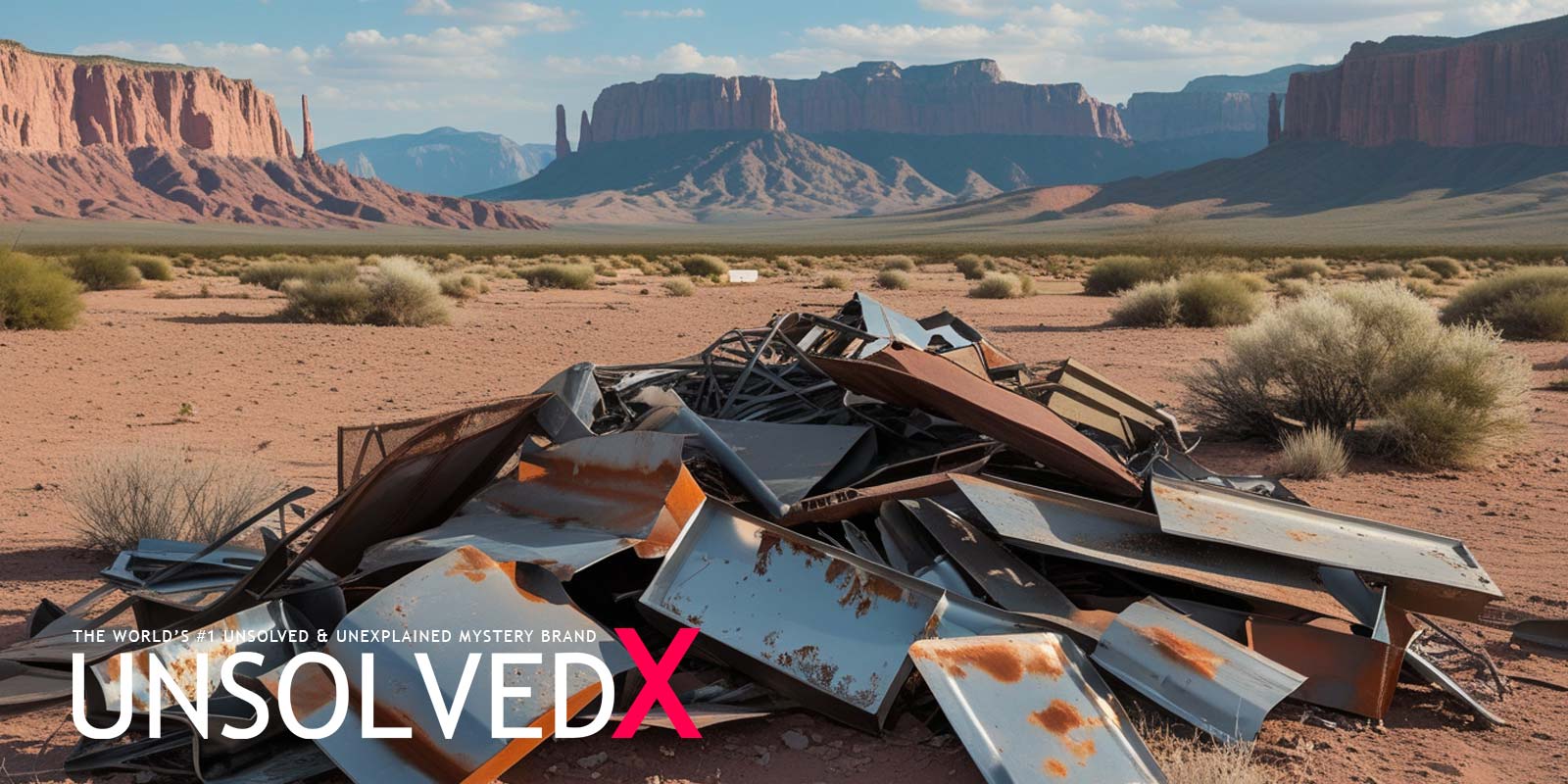The 1947 Roswell UFO Incident: A Cosmic Enigma That Shaped History
In early July 1947, something crashed on a remote ranch near Roswell, New Mexico, igniting a firestorm of intrigue. The story began when rancher William "Mac" Brazel discovered unusual debris scattered across his property, approximately 30 miles north of Roswell. The debris included metallic sticks, foil-like material, and rubber strips—items that struck Brazel as peculiar enough to report to the local authorities. On July 7, Brazel visited the Roswell sheriff, who contacted the nearby Roswell Army Air Field (RAAF). Military personnel, including Major Jesse Marcel, were dispatched to investigate. What they found, according to initial reports, was unlike anything terrestrial. The RAAF issued a press release on July 8, 1947, announcing the recovery of a "flying disc," a term that electrified the public imagination. Newspapers across the country, including the Roswell Daily Record, ran sensational headlines, amplifying the story’s reach. However, within hours, the military retracted the statement, claiming the debris was merely a weather balloon, a narrative that failed to quell public curiosity.
The rapid shift from "flying disc" to "weather balloon" sowed seeds of distrust. Eyewitnesses, including Marcel, later claimed the debris possessed extraordinary properties, such as being lightweight yet unbreakable and resistant to burning. Marcel, in interviews decades later, insisted the material was "not of this Earth." These accounts, coupled with the military’s abrupt reversal, gave rise to theories of a cover-up. The incident occurred during a period of heightened UFO sightings across the United States, known as the 1947 UFO wave, which added context to the public’s willingness to entertain extraterrestrial explanations. The " target="_blank">Kenneth Arnold sighting of June 1947, where a pilot reported seeing crescent-shaped objects flying at incredible speeds, had already popularized the term "flying saucer." Roswell, however, transformed from a fleeting headline into a cultural phenomenon, as the public grappled with questions about what—or who—had crashed in the desert.
Investigations and Alleged Cover-Ups
The official explanation—that the debris came from a weather balloon—did little to satisfy a skeptical public. By July 9, 1947, the military clarified that the object was part of Project Mogul, a classified program designed to monitor Soviet nuclear tests using high-altitude balloons equipped with sensitive instruments. The balloons carried materials like foil and balsa wood, which aligned with Brazel’s description of the debris. Declassified documents from the 1990s, including the Air Force’s 1994 report titled "The Roswell Report: Fact Versus Fiction in the New Mexico Desert," reinforced this explanation, asserting that Project Mogul’s secrecy necessitated the initial vagueness. The report argued that the "flying disc" narrative stemmed from media sensationalism and miscommunication, not evidence of extraterrestrial activity. Yet, for many, the government’s response raised more questions than it answered. Why the hasty retraction? Why were eyewitnesses reportedly pressured to stay silent?
Conspiracy theories flourished in the decades that followed, fueled by new testimonies and books like "The Roswell Incident" by Charles Berlitz and William Moore (1980). Witnesses, including former military personnel, claimed to have seen alien bodies recovered from the crash site, though these accounts emerged years later and lacked corroboration. For instance, Walter Haut, the RAAF public information officer who issued the original press release, signed an affidavit in 2002 claiming he was aware of a second crash site containing extraterrestrial remains. Critics argue these delayed testimonies are unreliable, tainted by time or influenced by Roswell’s growing fame. Meanwhile, the government’s secrecy surrounding Project Mogul lent credence to cover-up theories, as did incidents like the 1948 Aztec UFO hoax, which, though unrelated, kept UFO conspiracies in the public eye. The interplay of credible witnesses, conflicting reports, and classified projects created a perfect storm, ensuring Roswell’s place in the annals of unsolved mysteries.
Cultural Impact and Ongoing Legacy
Roswell’s transformation into a cultural touchstone was swift and profound. By the 1980s, the incident had inspired books, documentaries, and TV shows, cementing its status as the archetype of UFO encounters. The city of Roswell embraced its notoriety, establishing the International UFO Museum and Research Center in 1991, which draws thousands of visitors annually. Festivals, alien-themed merchandise, and reenactments have turned Roswell into a pilgrimage site for believers and tourists alike. The incident also influenced popular media, from "The X-Files" to Spielberg’s "Close Encounters of the Third Kind," embedding the idea of government secrecy and alien visitation into the collective psyche. This cultural saturation has made it challenging to separate fact from fiction, as Roswell’s mythology often overshadows the original event.
The enduring fascination with Roswell reflects deeper human questions about our place in the cosmos. The incident coincided with the dawn of the Cold War, a time of technological leaps and existential uncertainty, making the prospect of extraterrestrial contact both thrilling and terrifying. Modern investigations, such as those by the Mutual UFO Network (MUFON), continue to explore Roswell, though no definitive evidence of alien involvement has emerged. The 2019 storming of Area 51, sparked by a viral social media campaign, underscored the public’s lingering suspicion of government secrecy, with Roswell often cited as a precursor. As declassified documents and advanced technology offer new ways to probe the incident, Roswell remains a litmus test for belief in the unknown. Whether a balloon mishap or a cosmic cover-up, the Roswell Incident endures as a mystery that challenges our understanding of reality, inviting us to question what lies beyond the stars.









Comments
Comments section coming soon!